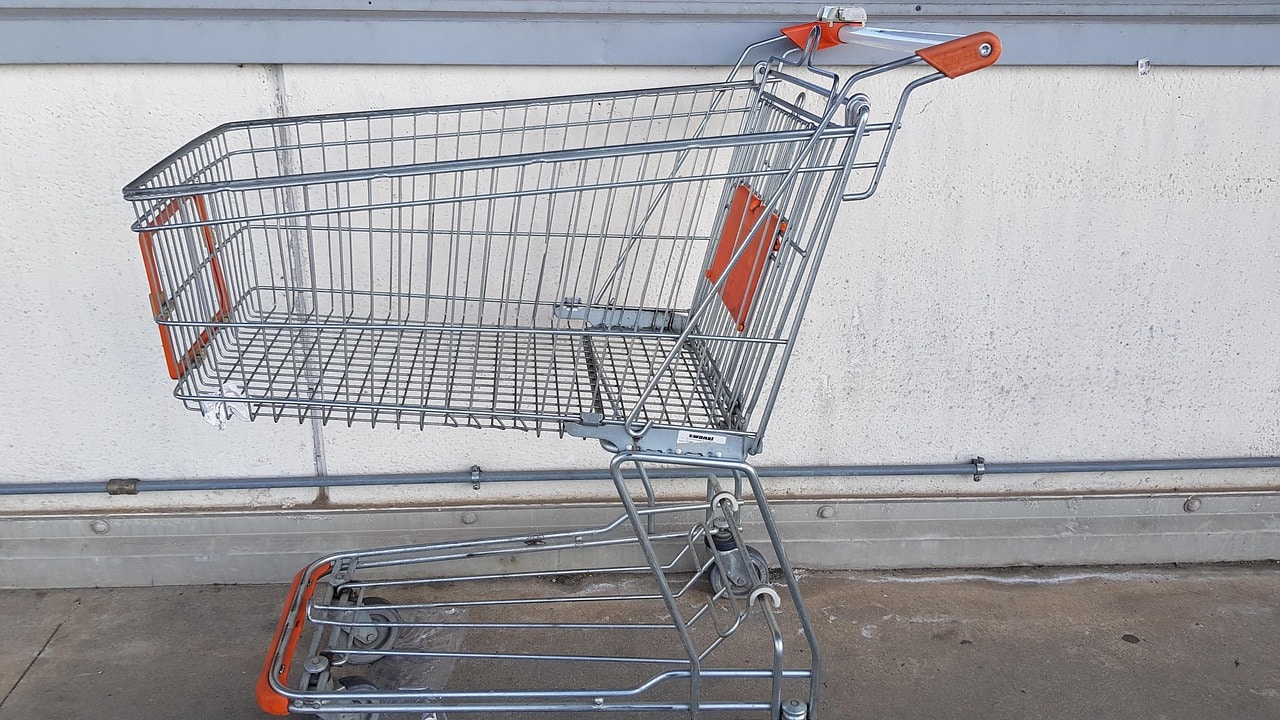Secondhand Shopping for Eco-Conscious Consumers
>
Secondhand shopping has become increasingly popular in recent years, not only for bargain hunters and vintage enthusiasts, but also for eco-conscious consumers. With the fashion industry being known as one of the top contributors to global pollution, more and more people are turning to secondhand shopping as a way to reduce their environmental impact and promote sustainability. In addition to being environmentally friendly, secondhand shopping also offers unique and budget-friendly options for fashion-forward individuals. Let’s explore the benefits and tips for secondhand shopping for eco-conscious consumers, and how it can make a positive impact on the planet.
Why Secondhand Shopping is Eco-Friendly
The fashion industry has a large carbon footprint and is responsible for a significant amount of waste. From the production of fabrics and clothing, to the shipping and disposal of old garments, the process of making and selling new clothes has a negative impact on the environment. Secondhand shopping, on the other hand, extends the life cycle of clothing and prevents them from ending up in landfills.
Reducing Water Consumption
The production of new clothing requires enormous amounts of water, from growing crops to the dyeing and finishing processes. In fact, it takes about 2,700 liters of water to make one cotton t-shirt. By shopping secondhand, you are not only saving water, but also preventing water pollution caused by the discharge of chemicals used in the production of new clothes.
Lowering Carbon Emissions
The fashion industry accounts for 10% of global carbon emissions, primarily through the production and transportation of clothing. By shopping secondhand, you are reducing the demand for new clothing, and therefore, lowering the carbon emissions associated with its production and transportation. This small change can have a big impact on mitigating climate change.
Promoting Circular Fashion
Secondhand shopping promotes the idea of circular fashion, which involves keeping clothing in circulation and out of landfills. This concept supports the sustainable use of resources and aims to create a closed loop system where materials can be recycled and repurposed. By choosing secondhand, you are contributing to the reduction of the fashion industry’s waste and promoting a more circular economy.
Tips for Secondhand Shopping as an Eco-Conscious Consumer
Do Your Research
Before heading out to your local thrift store or vintage shop, do some research to determine which stores promote sustainable and ethical practices. Look for stores that prioritize the use of organic and natural fabrics, and support fair trade and ethical production practices.
Quality Over Quantity
When shopping secondhand, it’s essential to shift your mindset from buying a lot of cheap items to investing in quality pieces. By carefully selecting items that are well-made and will last, you are preventing fast fashion and reducing waste. Plus, you are also more likely to love and cherish these pieces for a longer time.
Get Creative
Secondhand shopping offers a wide range of unique and one-of-a-kind items. Take advantage of this and get creative with your fashion choices. Mix and match different styles and eras to create a look that is entirely unique and reflects your personal style.
Don’t Limit Yourself to Clothing
Secondhand shopping isn’t just limited to clothing. You can also find gently used household items, furniture, and even electronics at thrift stores and garage sales. By choosing secondhand over new products, you are reducing your environmental impact and saving money at the same time.
In Conclusion
Secondhand shopping is a simple yet effective way to promote sustainability and reduce our individual impact on the environment. By opting for secondhand clothing and other goods, we can help reduce carbon emissions and water consumption, while also promoting circular fashion. As an eco-conscious consumer, it’s essential to do our part in making ethical and sustainable choices, and secondhand shopping is a great way to do just that.
Next time you need a new outfit or household item, consider checking out your local thrift store or vintage shop. Who knows, you may just find a hidden gem and make a positive impact on the planet at the same time. Happy shopping!










